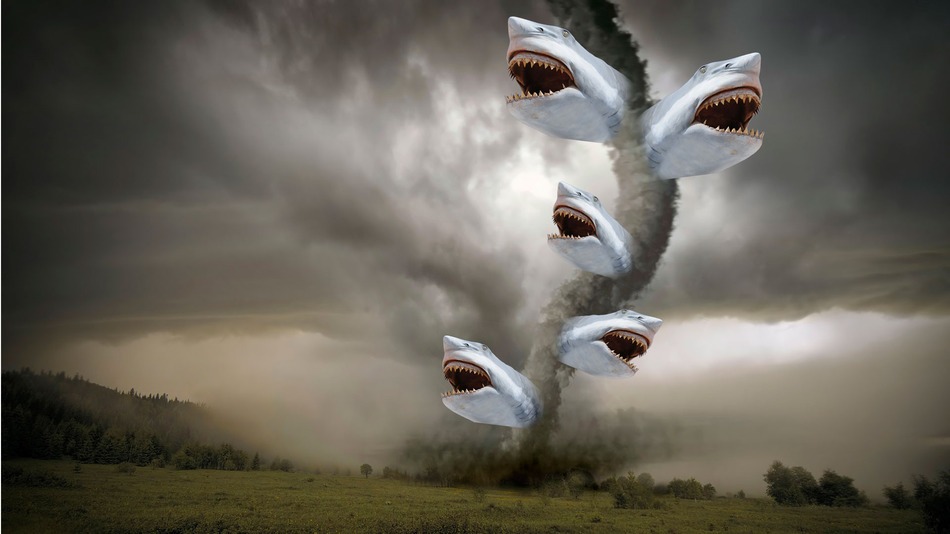Avatar: Fire and Ash
by George Wolf
I saw someone post a question recently, asking when Avatar: Fire and Ash would hit streaming.
He might as well have been asking when he could plan to unload some time and money, because seeing this anywhere else but the big screen is a waste of both.
Right from the opening sequence, writer/director James Cameron pushes us one notch closer to a VR experience. The film’s sensory phaser is set to stun, even as Avatar installment number three suffers from the same narrative misfires that hampered the first two.
The timeline has moved ahead one year, with Jake (Sam Worthington) and Neytiri (Zoe Saldaña) settling in as members of the Metkayina clan. Neteyam’s death has left Neytiri grief-stricken and bitter, particularly toward Spider (Jack Champion), who is a constant reminder of the humans who killed her son.
The clone of Colonel Quaritch (Stephen Lang) is still out for revenge on Jake and his family, only this time he has some hot-tempered help.
Varang (Oona Chaplin) is the leader of the volcano-dwelling Mangkwan clan (aka the “Ash People”), a battle-tested warrior who not only gives Quaritch a valuable ally, she alone makes the film more interesting than The Way of Water.
Chaplin digs into Verang’s talents as a Black Magic Woman, and thanks to her, the film’s complete lack of humor is offset by layers of voodoo, dark arts and the conjuring of fire. Cool.
And again, the 3D IMAX whizbangery is pretty spectacular. The human and avatar worlds blend as seamlessly as the land-to-water transitions, with battle sequences that are more detailed and thrilling than ever.
But also again, Cameron and his writing team can’t hold themselves back from bland excess. Cameron borrows from his own films (The Abyss, especially), story beats are repeated and repeated again while dialog is often awkward and sometimes unintentionally funny – unless he was trying to recall Anchorman?
More than anything, Fire and Ash is out to just batter you with its sheer experience-ness. The running time bloats to an unnecessary three hours and fifteen minutes with unrelenting attempts at crescendo moments that rarely allow any time to breathe.
I mean, come on, if every day was like Christmas, then Christmas Day wouldn’t mean that much, would it? Fire and Ash brings over all the best new toys and throws them at you until you’re feeling both exhilarated and wondering what just happened.
Unless you wait until it streams. Then you’re just watching while your neighbor rides his sweet new bike past your house.



